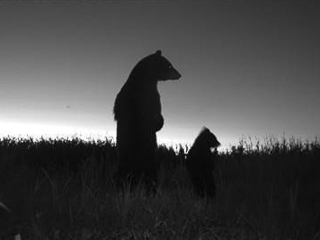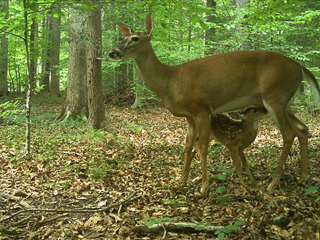Candid Critters: Lessons learned from a statewide citizen science project
For immediate release ‐ March 04, 2021
Contact: Jon Pishney, 919.707.8083. Images available upon request
Citizen Science projects using camera traps produce high quality data but are hard to manage at a large scale. How do you get equipment to volunteers? Train them? Get the data back? See how Roland Kays, head of the NC Museum of Natural Sciences’ Biodiversity Lab, and colleagues met these challenges in a new paper about the statewide camera trap survey.
As part of the project launch, the research team created customized training materials and a data management workflow via eMammal. However, these were the least-fun parts of the project for volunteers, and many dropped out at this stage. “Making these steps easier should be a priority for future projects,” Kays notes.
They worked with local libraries to loan cameras to volunteers across the state. This allowed them to get cameras to all corners, but required a lot of logistics.
They created a new web application to help with camera management, tracking volunteer training, site mapping, and custom report generation for North Carolina’s Candid Critters. [Code available here.]
Currently, the team has a variety of papers in the works with these data, and plans to make all the data publicly available. Until then, you can explore via this great interactive map by Hailey Boone.
Click to enlarge photos.



